Foo Fighters ‘Chasing Birds’
Bomper Studio directs a stylised, acid-infused music video for legendary rock band, Foo Fighters, for the track ‘Chasing Birds’.
After working on the music video for ‘No Son of Mine’, RCA approached Bomper Studio looking for a whimsical film for the dreamy and immersive track ‘Chasing Birds’. Described as “weird and mellow” by keyboardist Rami Jaffee, the initial brief was to explore motifs within the song through taking the band on a psychedelic, technicolour journey; reminiscent of The Beatles ‘Yellow Submarine’.
Taking Influence from the 1960’s psychedelic art movement, the film is an animated hybrid 2D/ 3D look film which follows Foo Fighters on a fantastical voyage through a colourful desert, filled with dreamy and surreal visuals. However, as the band explores this colourful utopia, things begin to take a dark turn as they fall through the earth into a hallucinatory hellscape, filled with increasingly bizarre distortions of wildlife.
The team has an absolute blast working on this tripped-out and whimsical narrative. The film plays with scale, eye-popping hues, and the cartoon form through animation that squashes, stretches and breaks throughout; ultimately delivering a film drawn straight from the subconscious.
Credits
Client: RCA Records
Production: Bomper Studio
Animation Director: Emlyn Davies
Animation Co-Director: Josh Hicks
–
Producer: Nicholas Robespierre
Producer: Kristen Welsh
Producer: Robyn Viney
–
Technical Director: Colin Wood
Production Coordination: Molly Stracy
Lead Character Artist: Eder Carfagnini
Character Artists: Mark Procter, Francis Ogunyanwo
3D Artists: Emlyn Davies, Colin Wood, Rhodri Teifi, Zach F Evans, Josh Hicks, Mark Procter, Craig Rothwell, Phil Highfield
FX Artist: Colin Wood, Zach F Evans
Lighting: Emlyn Davies, Colin Wood, Rhodri Teifi, Zach F Evans
Lead 3D Animator: Alan Towndrow
3D Animators: Alex Watson, Mervenur Ulcan, Joanna Adamska, Beáta Ujj, Jesiel Almeida, Brian Martinez, Sebastian Pfeifer
Rigging: Alan Towndrow, Gene Magtoto, Dan Dan Kang
Texture Artists: Colin Wood, Rhodri Teifi, Zach F Evans
Character Concepts: Josh Hicks, Guillaume Poitel
Storyboards: Josh Hicks, Mark Procter
Compositing: Rhodri Teifi, Zach F Evans, Sebastian Pfeifer
Editing: Josh Hicks
Studio Manager: Ceri Davies
Marketing Executive: Daniel Hanvey

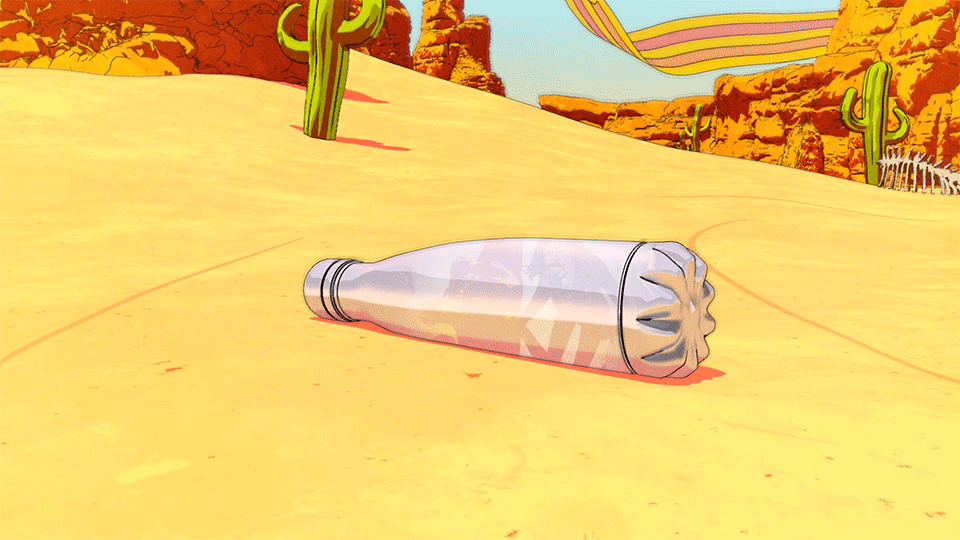

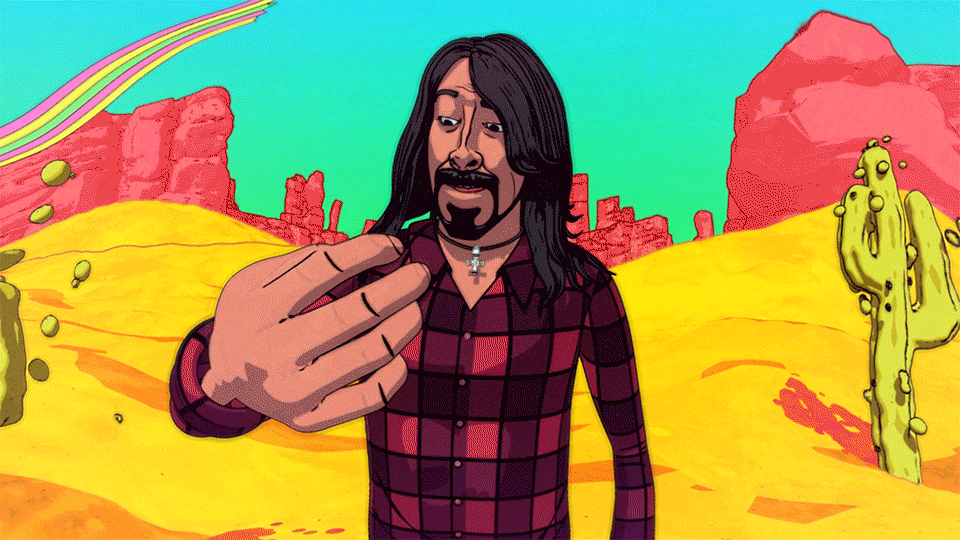

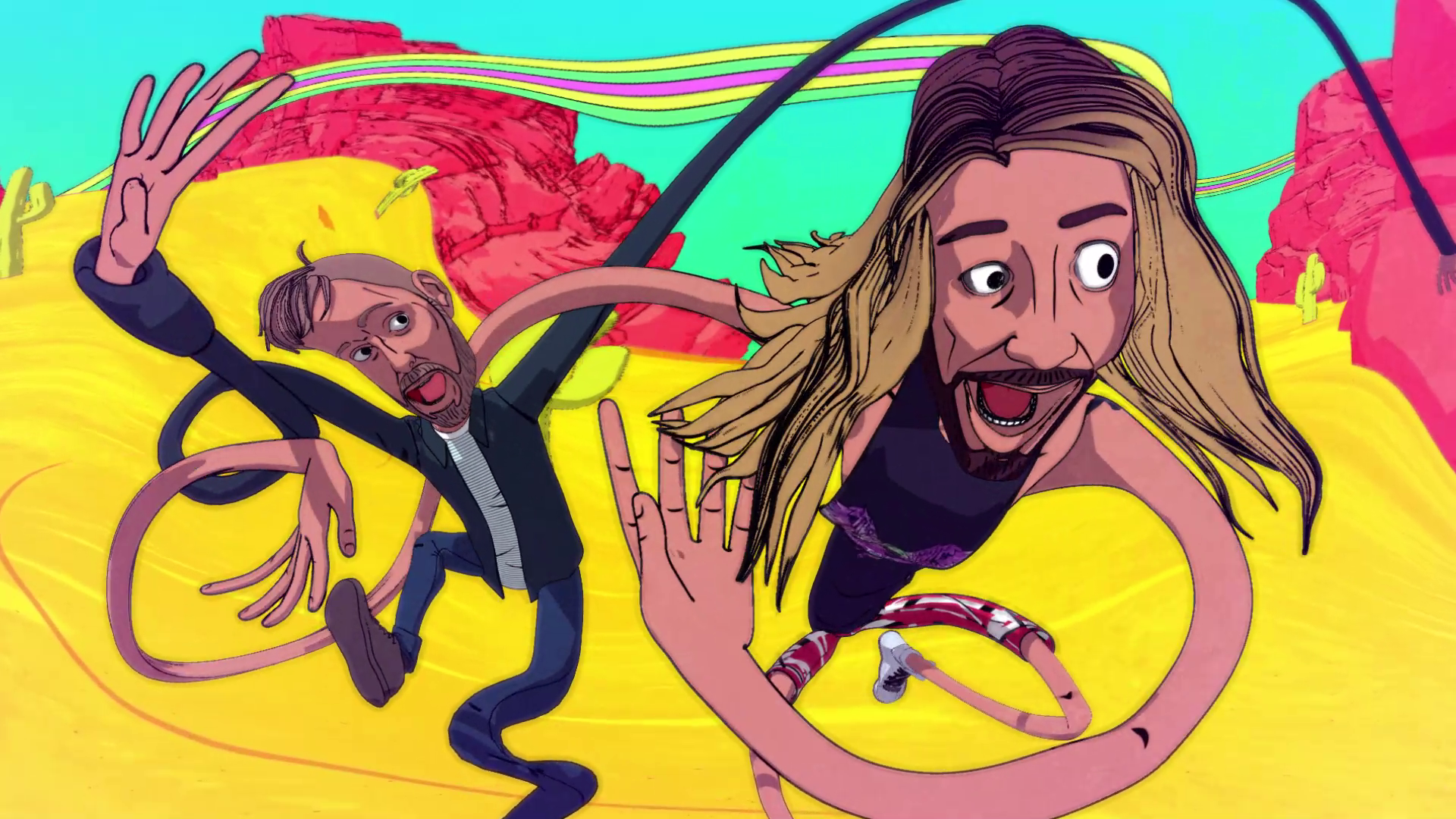
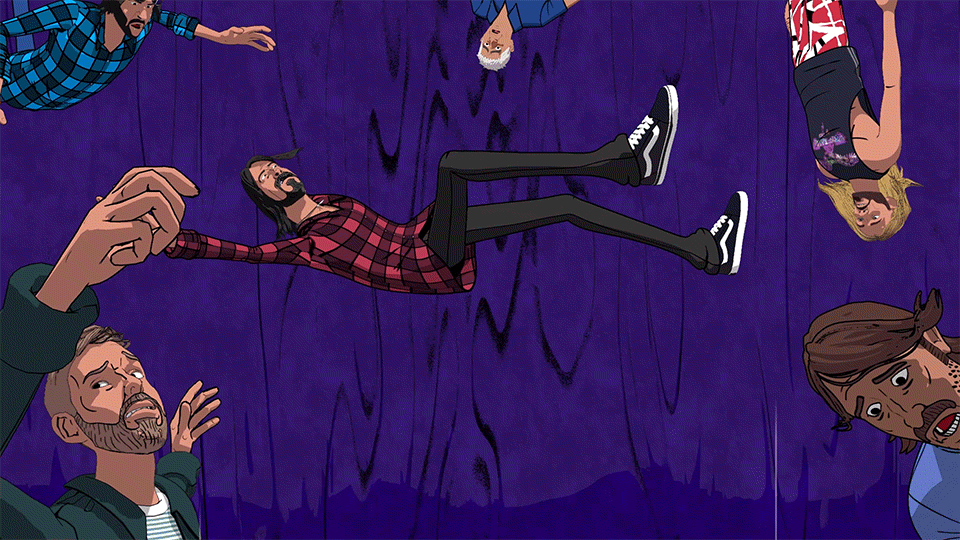

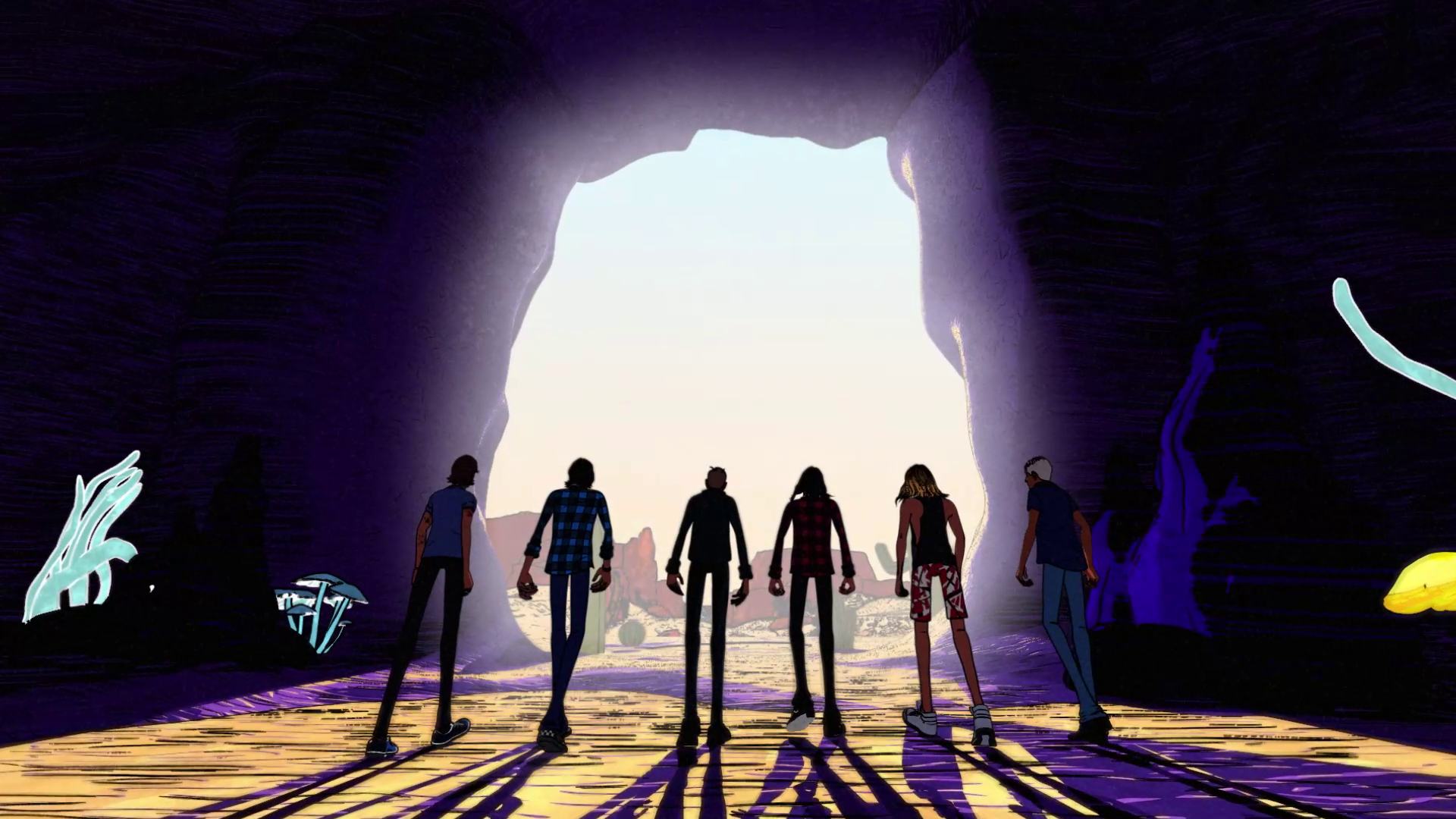

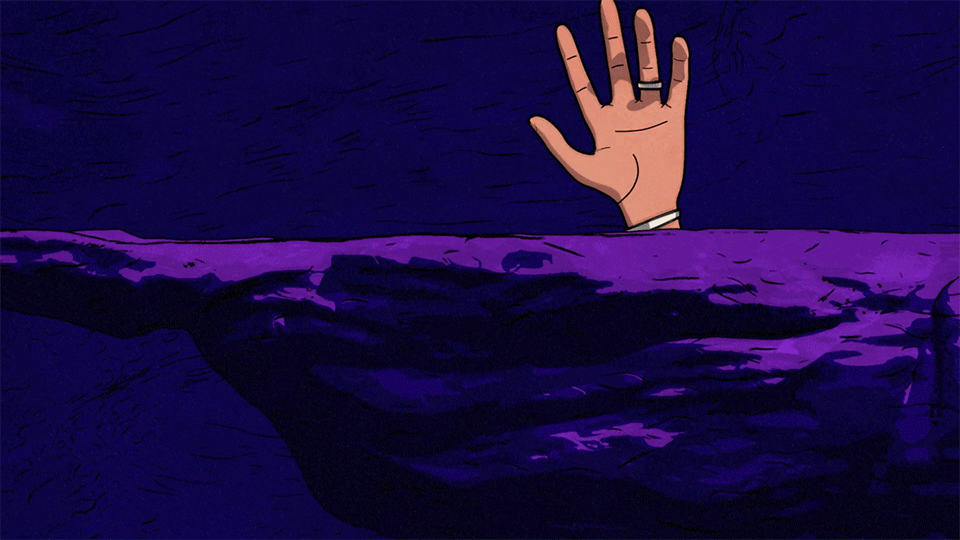
Development
The production took place from February – April 2021.
Director Emlyn Davies and co-director Josh Hicks worked to develop a story set within a colourful utopia which devolves into a nightmarish hellscape; filled to the brim with trippy imagery and animation. The chosen setting was a landscape reminiscent of the Sonoran desert. Often chosen as a shorthand in narratives of existential isolation, the desert is a place where characters can lose themselves mentally, at the mercy of the elements. What begins as a barren and uninterrupted landscape, also offered the team a blank screen onto which they could project their fantasies. Taking everything you would usually see – from canyons and boulders, to vegetation and animals, and turning it on it’s head.
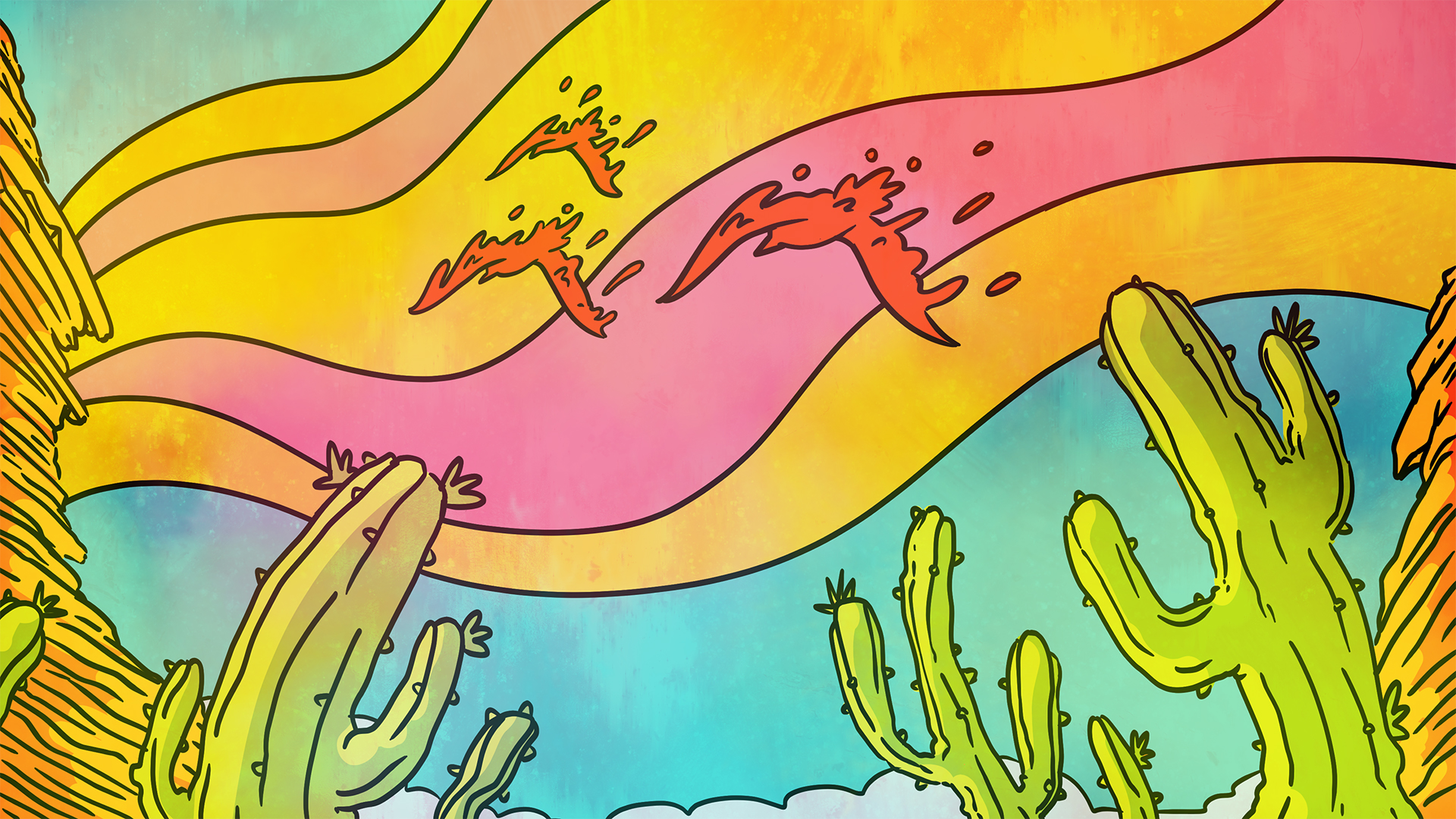
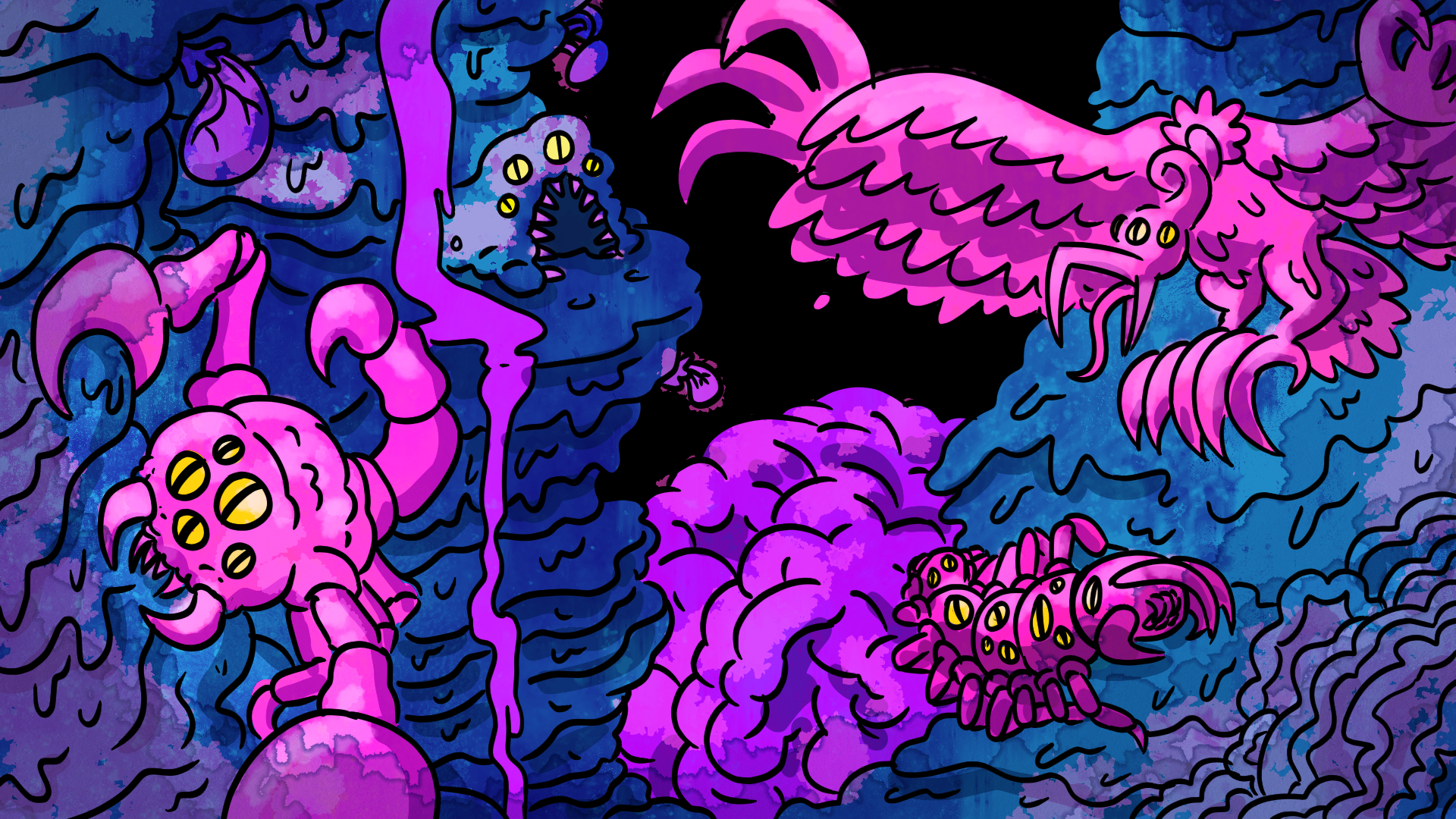
Being huge fans of psychedelic art from the 1960’s, Bomper leaned into that as a starting point for the style through flat colours, bold outlines, distinct shapes. The team also looked to incorporate further whimsical styles from the designs of Victor Moscoso and Peter Max – richly saturated colours in glaring contrast, swirling patterns, repetition and surrealism.
Character Development
To achieve the style, Bomper used Arnold for rendering as it was best suited for the key line approach. Cinema4D was used for all rigging, animation, modelling and texturing; other than Zbrush which was used for the character sculpts. For the characters, achieving likeness within the style was key, without pushing towards caricature. For this, the team looked to celebrity animation from the 1970’s, such as ‘Yellow Submarine’ and Hanna-Barbera cartoons; in particular, episodes of Scooby Doo that included guest appearances which fit within the world.


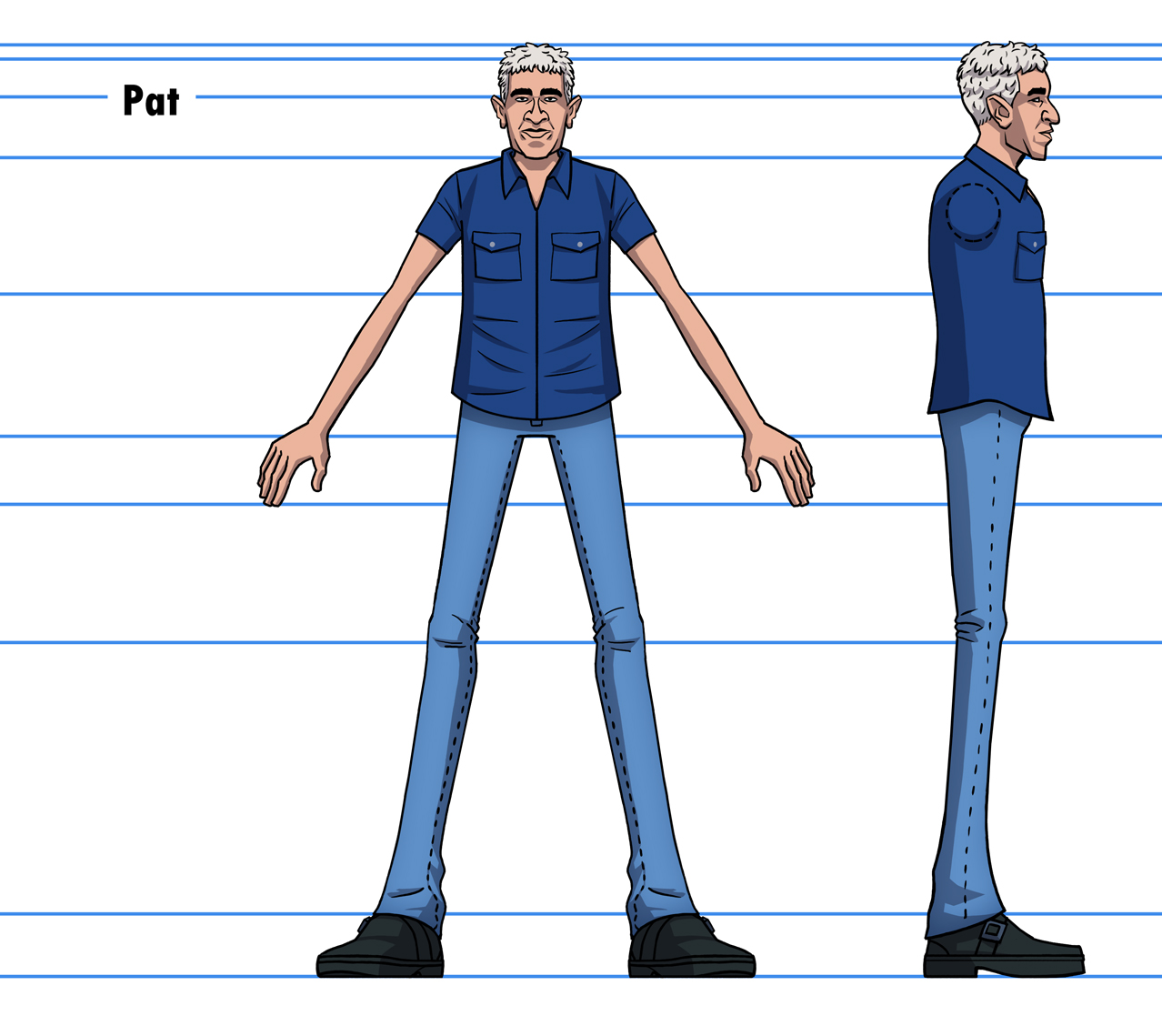

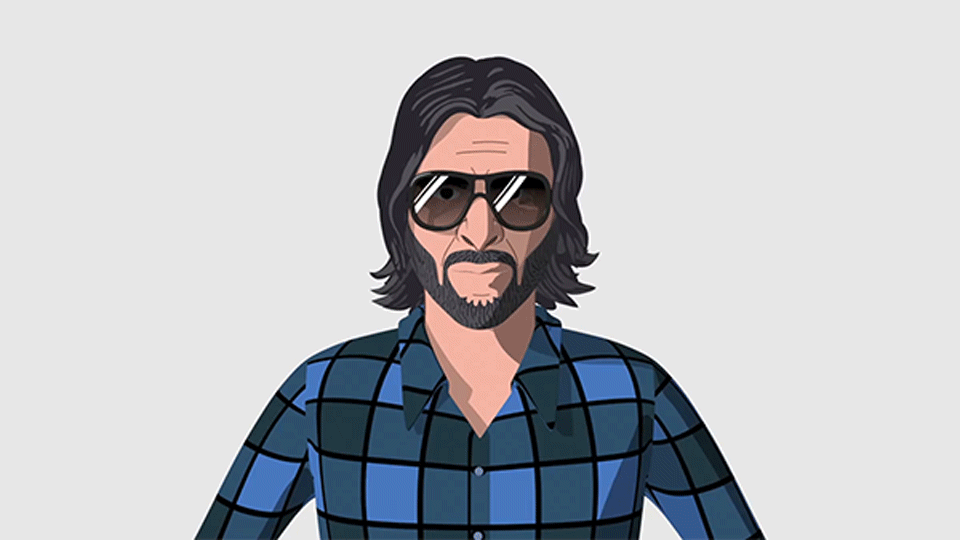
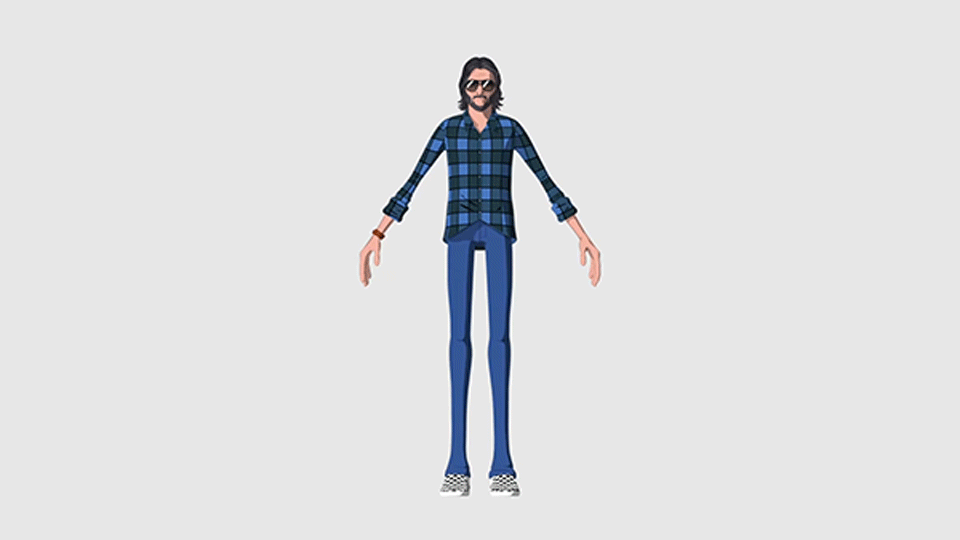

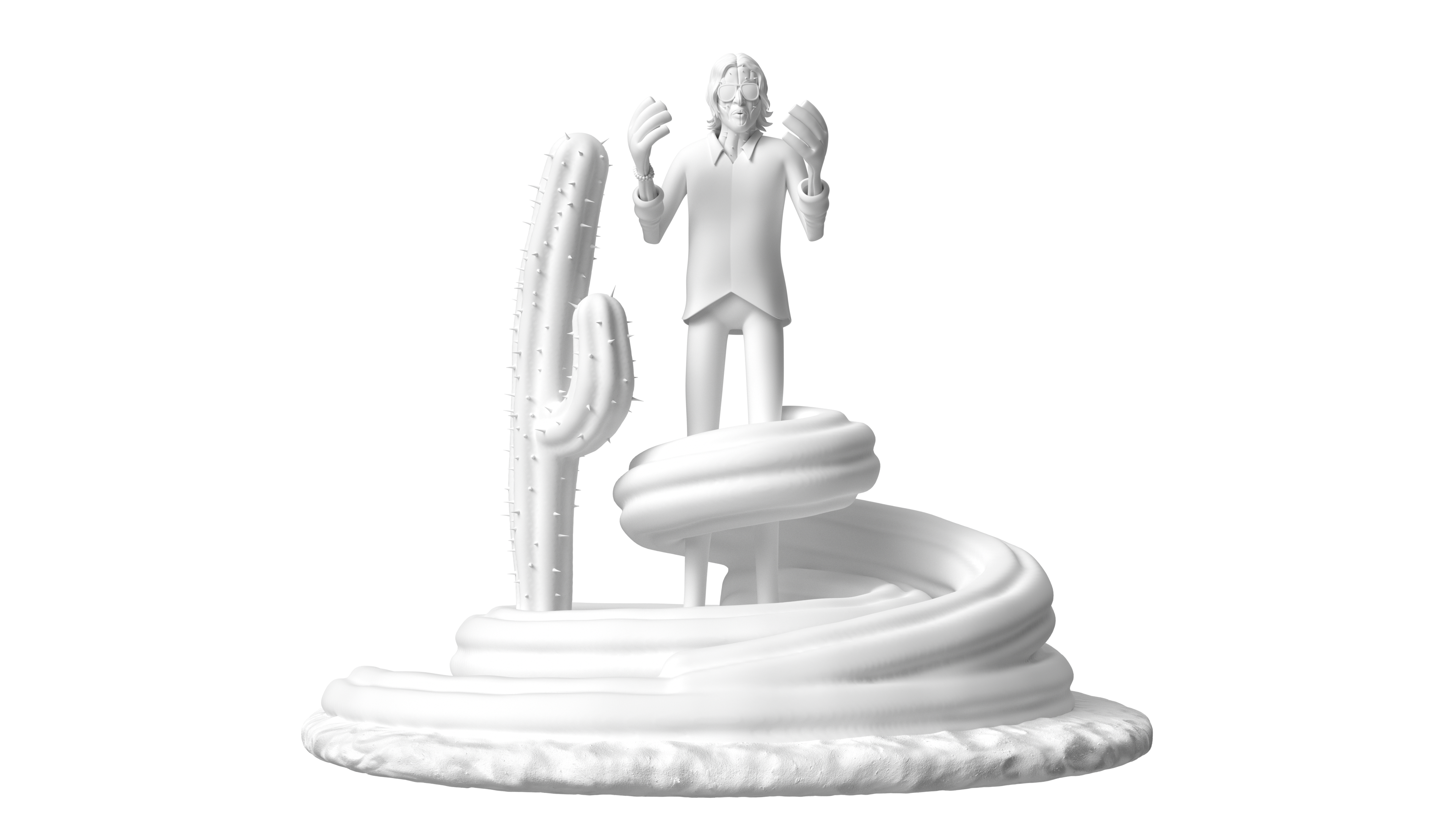
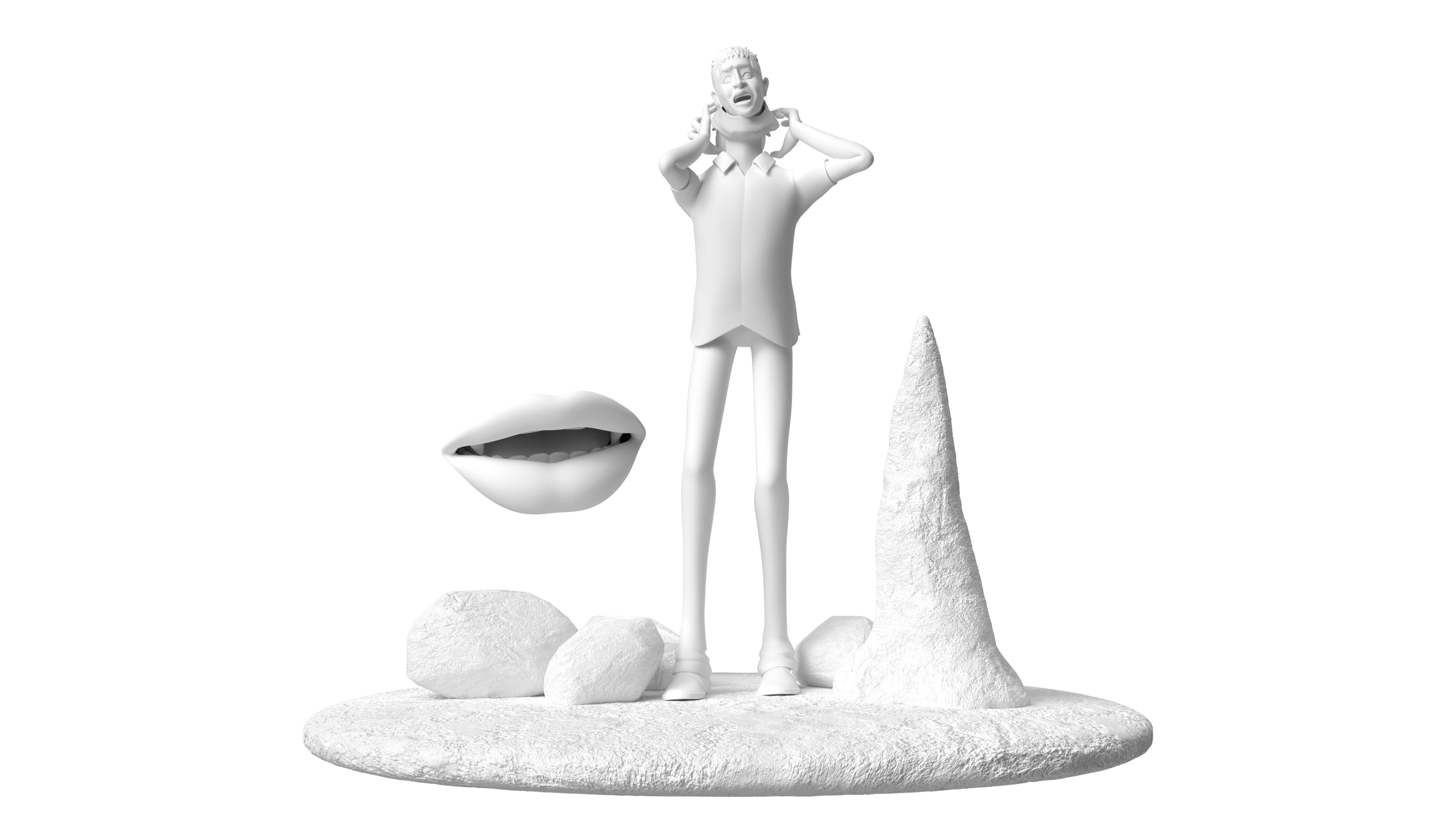
Taking learnings from our work with Colonel Tony Moore on Tyler Childers’ ‘Country Squire’, Bomper employed a technique called “Chicken Fat Storytelling”; packing shots with in-jokes and gags to make viewing more enjoyable and rewarding. Fans might notice callbacks to Foo Fighters’ past work such as Everlong, Monkey Wrench, Pretender and DOA.

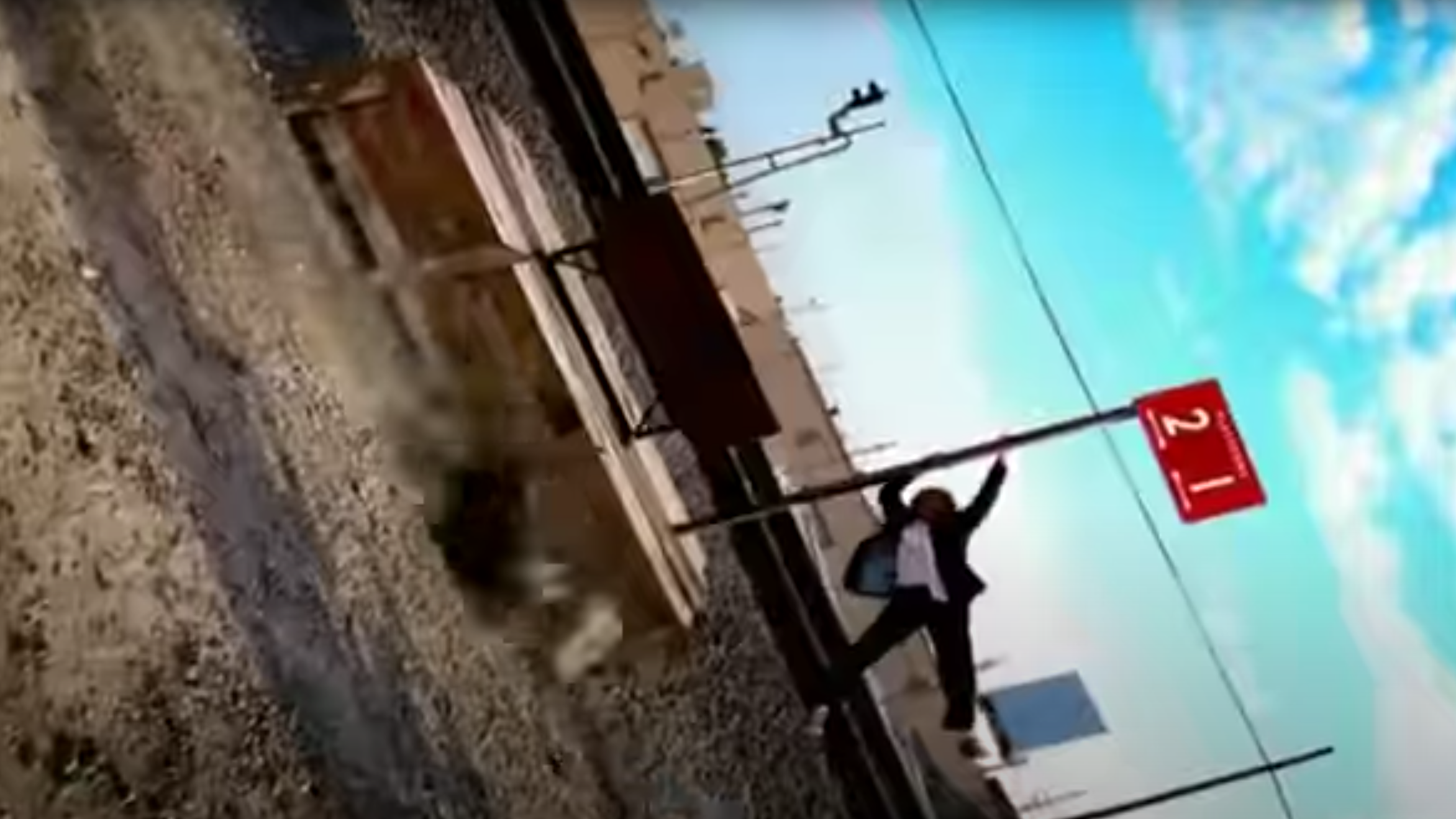
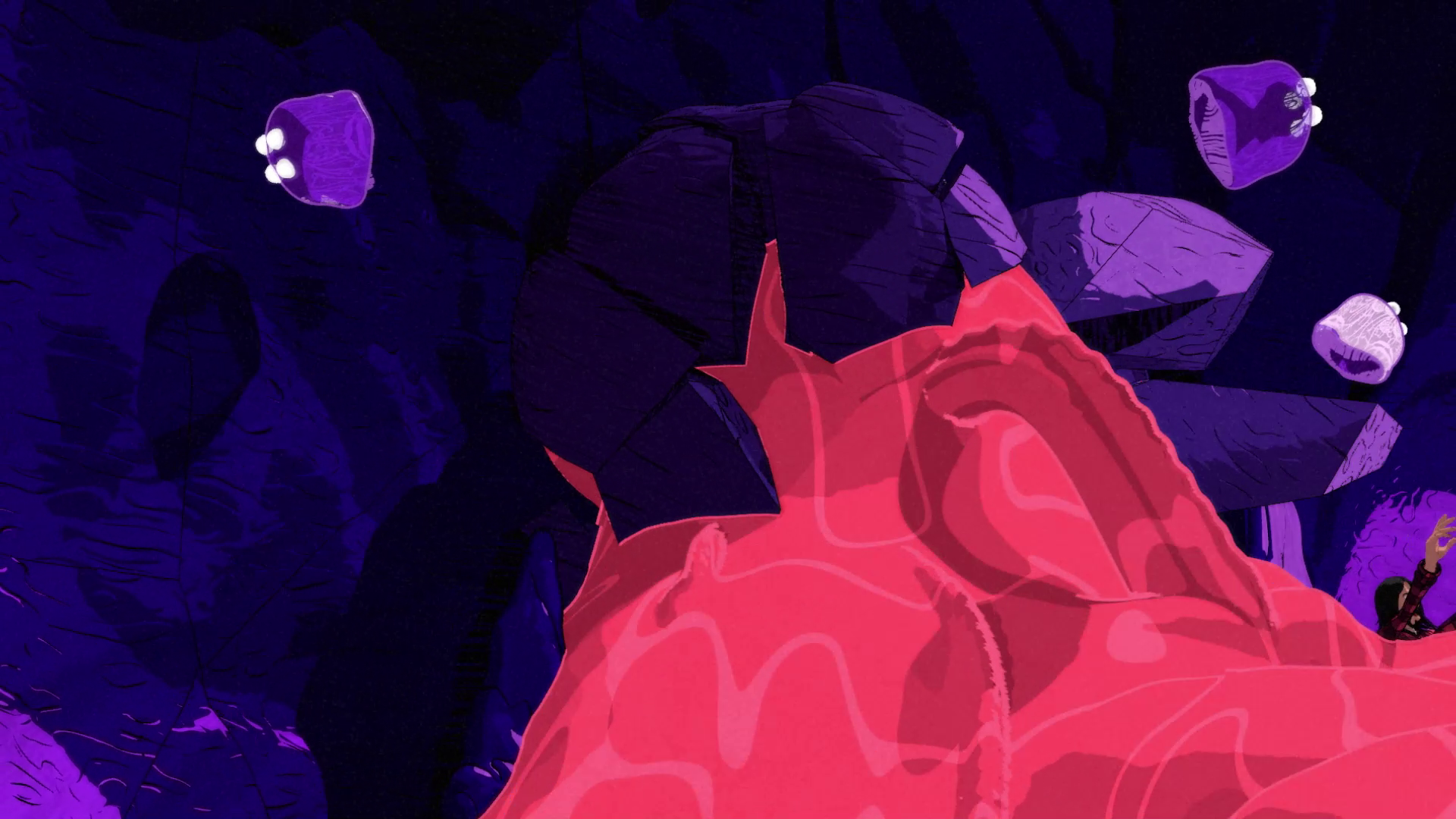

Animation
